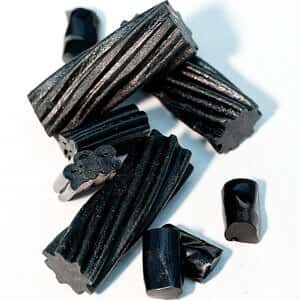
Q. About twelve years ago, I experienced symptoms similar to stroke. I was hospitalized for five days, and several specialists examined me.
The symptoms quickly resolved and have not recurred. They finally diagnosed me as having atypical migraine. I never have headaches, although after that time I have had auras, which look like kaleidoscope lights.
No one ever figured out what triggered the migraine event. Licorice was never a suspect. Now though, I wonder if it could be the culprit.
I recently made a firm commitment to stop eating black licorice because of my hypertension. It’s too early to say for sure, but my frequent excruciating leg cramps seem less common, and so are the auras. Is red licorice as much of a health risk as black?
A. Black licorice can cause high blood pressure, hormonal imbalance and severe headaches. A Swedish gymnastics teacher was written up in The Lancet (Feb. 10, 1979) because her passion for licorice resulted in migraines, loss of libido and severe hypertension. When the licorice was discontinued her symptoms subsided.
Red licorice is safe since it does not contain the ingredient (glycyrrhizin) that causes the problem.

